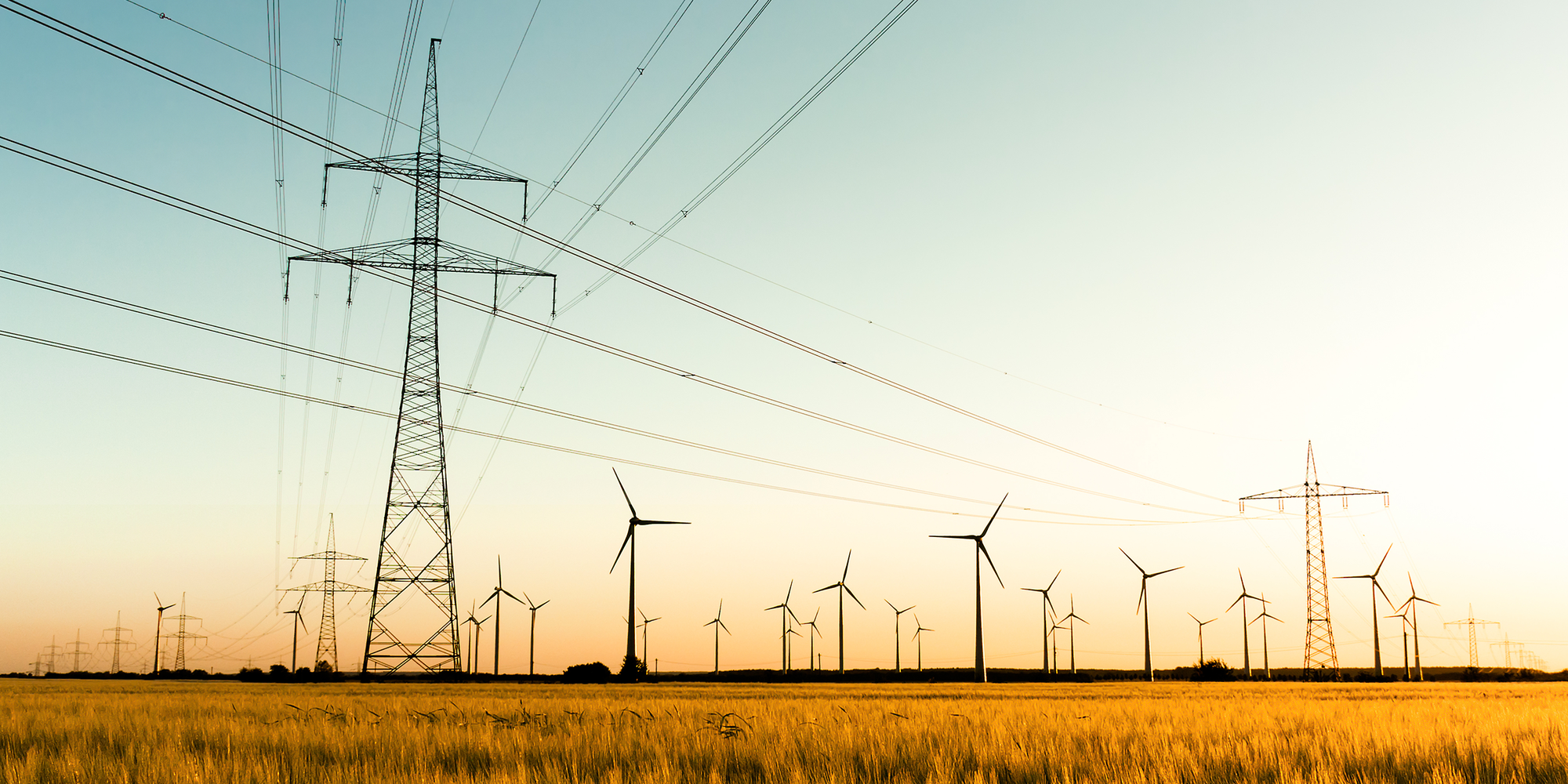Energy turnaround requires smart grids
While a timely decarbonisation of the global economy will require electricity from renewable sources, this energy must also be transported precisely, reliably and efficiently. Smart grids can do this and therefore represent an investment area with potential.
Authors: Dr Gerhard Wagner and Anita Colic

The global economy is aiming to be climate-neutral by 2050. This is the ambitious goal set out in the Paris Climate Agreement. It can only be achieved by rapidly electrifying the global economy and a corresponding expansion of the electricity supply system. According to estimates by the International Energy Agency (IEA), by 2030 global electricity consumption will increase 25 percent compared to 2021. The primary drivers will be population growth and economic growth, particularly in emerging countries, increasing e-mobility or replacing fossil heating with efficient heating systems requiring electricity, such as heat pumps. It is clear that this additional energy demand will in future have to primarily come from renewable sources if CO2 emissions are to fall.
The decarbonisation of the global economy is impossible without sufficient green electricity. Equally important is the global expansion of grids and electricity storage systems, as otherwise sustainably produced electricity will not reach consumers at the right time or in the right quantity. There is still a great deal of potential for investment here.
Investments in power grids will need to double
Globally, current investment in grids is still far behind the required level needed to achieve climate neutrality by the date envisaged. The IEA elaborated various scenarios to model the required annual investment needed. According to the Stated Policies Scenario (STEPS), the annual investment must double from around USD 300 billion annually between 2012 and 2021 to around USD 600 billion annually in the coming decades. In the Announced Pledge Scenario (APS), a significantly higher investment will be needed throughout the 2040s. The Net Zero Emission Scenario (NZE) requires USD 900 billion in 2030.
Average annual investment in the electricity transmission and distribution grid

Smart grids reduce costs and greenhouse gases
The expansion will primarily require grids with “brains” and resilience – so-called smart grids. They improve energy security and reduce CO2 emissions and economic losses.
Smart grids are software- and hardware-supported power grids that can efficiently control power transmissions from different sources to optimise the supply to fluctuating needs, therefore making grids more reliable.
Specific use cases:
- Making electricity demand more flexible: specifically, this means managing electricity demand based on the available electricity supply. In many cases, for example, the charging of car batteries can be adapted to the available electricity supply. The same applies, for example, to controlling the temperature of refrigerated facilities within a range, or operating heat pumps.
- Forecasting demand and supply: Generators of electricity from renewable sources want to know: when will the wind blow or when will the sun shine? Smart grids use weather forecasts to predict renewable electricity demand and supply. This means that electricity can be stored in the event of an oversupply and retrieved again later, as needed. Weather data can be combined with average power consumption data to help regulate the production capacity of gas-fired power plants, for example.
- Decreasing downtime: older and overground grids are maintenance-intensive and prone to failure. The accumulation of extreme weather events can also lead to power outages. In emerging countries in particular, this leads to temporary disruptions, for example, to public transport services or the operation of critical infrastructure, such as hospitals. When this happens, CO2-intensive diesel generators have to be used to provide the electricity needed. According to IEA forecasts, these stop-gap solutions account for around 2.7 percent of the world’s energy-related emissions. This roughly corresponds in order of magnitude to Germany’s total CO2 emissions in one year. Internet-enabled sensors (IoT) in the power infrastructure record data in real time, helping to quickly locate and resolve actual or impending outages.
Improving planning
Another problem is the lack of coordination between the construction of sustainable electricity production facilities and the creation of power grids. Wind farms or solar heating systems are installed more quickly than high-voltage grids, the construction of which often takes a decade or more, depending on the country. Uncoordinated planning leads to bottlenecks in the transmission system. The fact is that some of the power from wind farms cannot be fed into the grid as the grids have not been sufficiently expanded to cope with the supply. Wind farms can stand idle as a result.
Summary
Overall, smart grids form the backbone of clean energy systems. Their development requires a policy framework, effective regulation, increased investment and strategic planning. In Asset Management at Zürcher Kantonalbank, we continuously monitor and analyse these developments to identify attractive investment opportunities early. We are interested first and foremost in companies that operate power grids (e.g. Terna, Red Electrica, E.ON) and will be expanding them in the future, but also in companies that produce power grid components (e.g. Prysmian, Siemens, Eaton).
Legal notices: the publications were prepared by buy-side research of Zürcher Kantonalbank’s Asset Management. The information contained in this document was not prepared in accordance with the statutory provisions promoting the independence of financial analyses and is not subject to any ban on trading following the publication of financial analyses.
